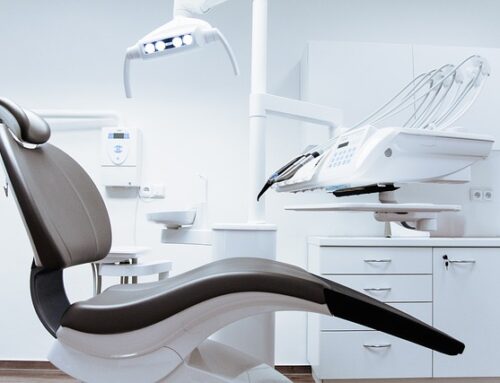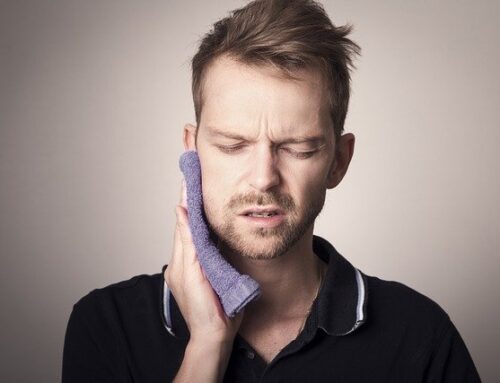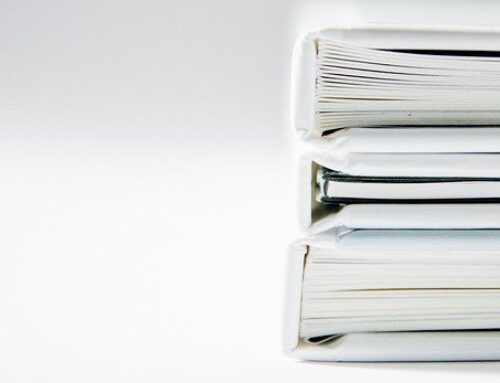Phone? Check. Keys? Check. Wallet? Check. Mask? Check. Hand Sanitizer? Check. We’ve all grown accustomed to wearing masks these days to protect ourselves from potentially coming into contact with someone who has COVID-19, but may not know it. Asymptomatic cases are hard to catch or contact trace, so that is why we need to take extra measures to protect ourselves and our loved ones. While we are wearing masks, it might cause jaw pain in the long run. But, by following these tips, you can potentially help your patients prevent further pain.
Wearing a mask can place strain and stress on a patient’s temporomandibular joint. Whether they are tensing their jaw or holding it open to help keep their mask on, it can lead to problems. Throughout this, some patients may even find that they are clenching their jaw more while the ear loops on their mask are pulling down their ears, placing pressure on the disc situated inside the TMJ. The imbalancement in posture can cause further pain.
Here are a few simple ways your patients can manage the aches and pains of wearing a mask.
Ensure the mask fits properly
That’s right. It might sound simply, but ensuring a good fit on a mask is key. A mask that is snug across the nose and does not slip up toward the eyes can help a person avoid clenching or protruding their jaw to keep it in place.
Ear savers can also help to reduce the downward pull on a person’s ears that is often caused by the mask loops.
Assess posture
Your patients should also perform an assessment of their posture throughout the day. This involves making sure they are not sticking their head too far forward. A simple chin tuck exercise can help.
Patients can perform this exercise by pulling their head straight back and attempting to make the back of their neck long. This can help reset their posture and can be performed several times a day.
Be mindful of the resting position
We often do not think of this next step. It is important for your patients to be aware of their resting mouth position. At rest, their lips should be lightly closed, teeth should be slightly apart and the tongue should be resting lightly on the roof of their mouth. Being aware of their mouth resting position can help avoid excessive clenching of the jaw.
Keep these tips in mind to share with your patients to prevent further complications from this already terrible pandemic. Helping your patients protect their jaws while wearing a mask can help prevent further complications from developing.





